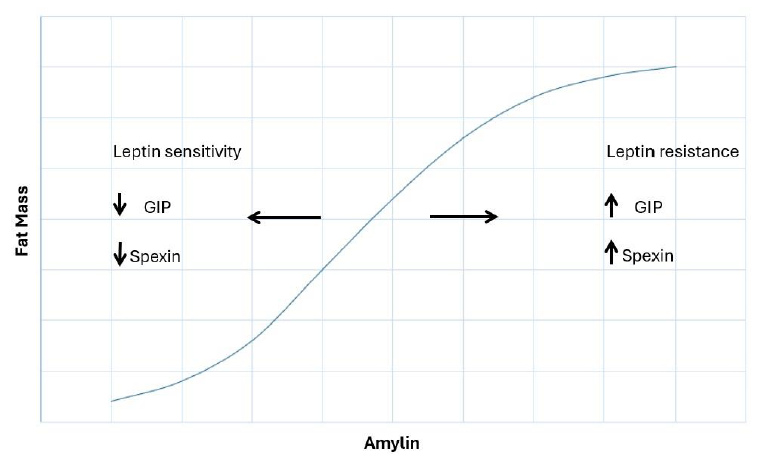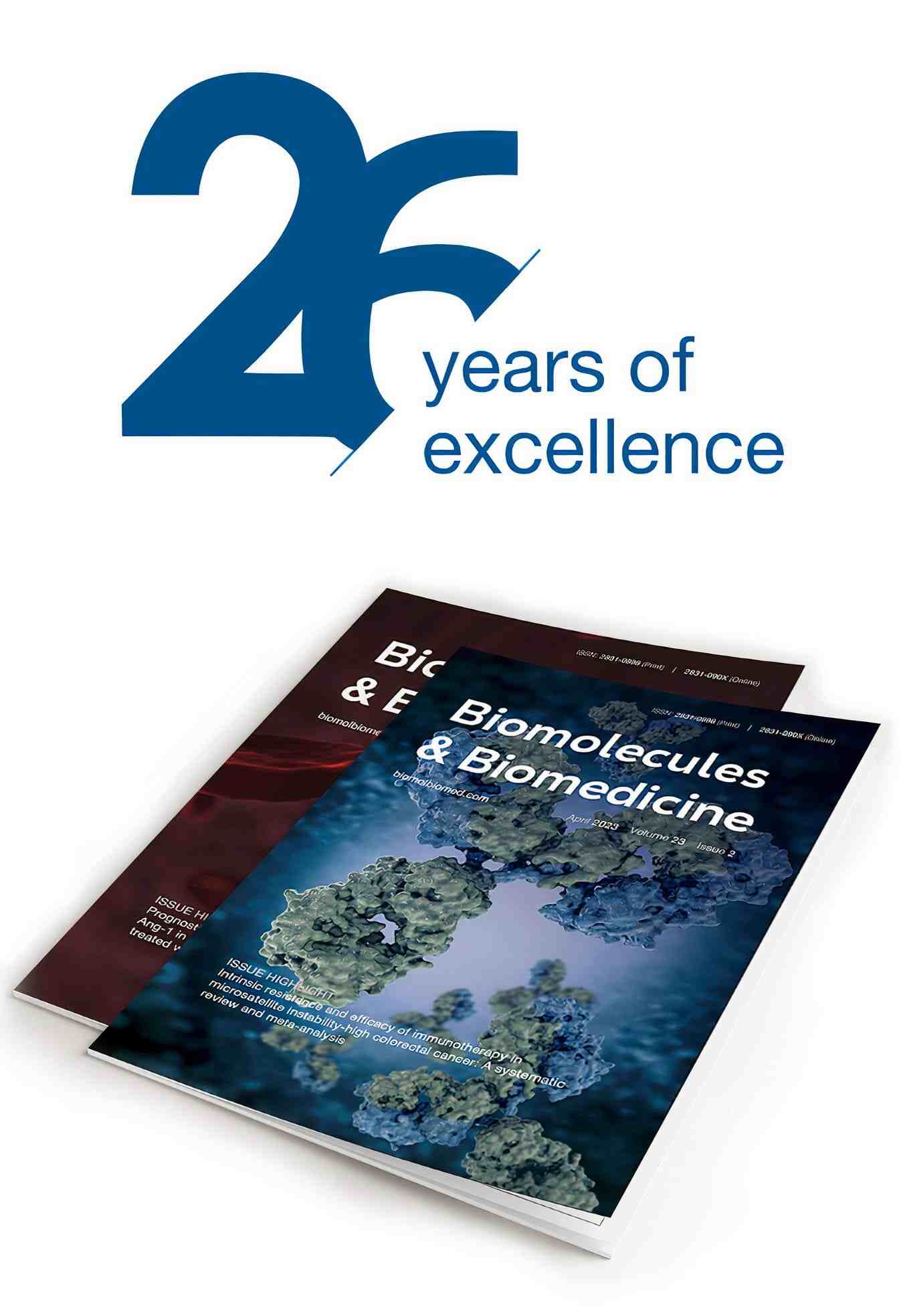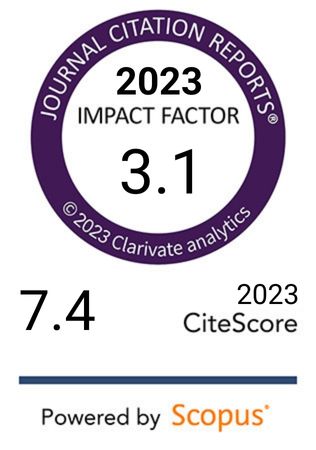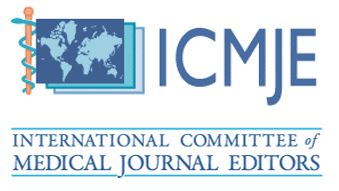Hormonal predictors of the lean phenotype in humans
DOI:
https://doi.org/10.17305/bb.2025.12209Keywords:
Clinical obesity, adipokines, gut hormones, pancreatic hormones, body contouring surgery, fat mass regulation, amylin, gastric inhibitory polypeptide, GIP, leptin, spexinAbstract
Clinical obesity is characterized by excessive fat accumulation and an increased risk of numerous associated comorbidities. Adipose tissue secretes leptin and other adipokines, which play key roles in regulating energy balance, glucose homeostasis, and body fat mass. Recently, incretin and pancreatic hormones have also been shown to influence these processes. However, the regulatory mechanisms and interactions among these hormones are not yet fully understood. This study investigates hormonal predictors of the lean phenotype (in terms of total body fat) in patients undergoing body contouring surgery, with or without prior bariatric surgery. This prospective quasi-experimental study included patients who underwent body contouring procedures at Hamad General Hospital between January 2021 and December 2023. Patients were assessed at three time points: before surgery, 2–3 weeks post-surgery, and 6–10 weeks post-surgery. Body composition and hormone levels were measured, and statistical analyses—including descriptive statistics and logistic regression models—were used to examine trends and predict the lean phenotype. Among the hormones analyzed, amylin showed a significant association with the lean phenotype while increasing leptin, GIP and spexin levels negatively modulated the amylin effect. History of bariatric surgery weakly predicted the lean phenotype after adjusting for leptin and gut hormone levels. A margins plot demonstrated the interactions between amylin, spexin, GIP, and leptin levels that collectively predicted the probability of exhibiting the lean phenotype. These findings highlight amylin, GIP, leptin, and spexin as key hormonal predictors of fat mass, underscoring the critical role of gut hormones and adipokines in determining body fat distribution and the lean phenotype in humans.
Citations
Downloads

Downloads
Published
Issue
Section
Categories
License
Copyright (c) 2025 Mohamed Badie Ahmed, Abdella M. Habib, Saif Badran, Abeer Alsherawi, Fatima Al-Mohannadi, Sherouk Essam Elnefaily, Atalla Hammouda, Graeme E. Glass, Ibrahem Abdalhakam, Abdul-Badi Abou-Samra, Suhail A. Doi

This work is licensed under a Creative Commons Attribution 4.0 International License.









